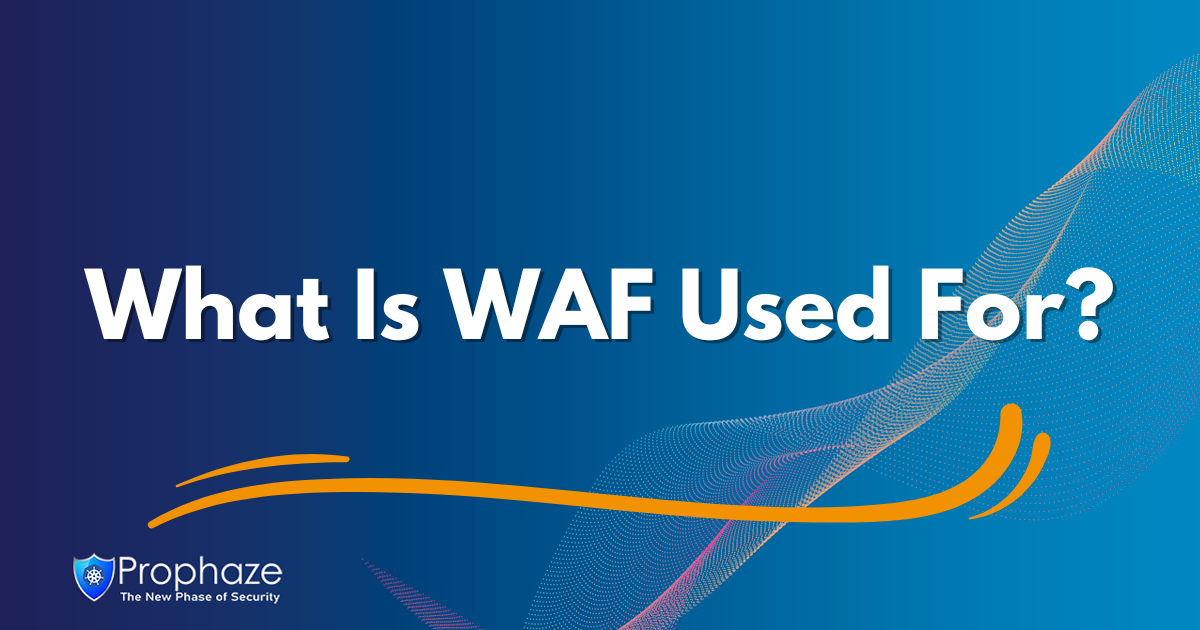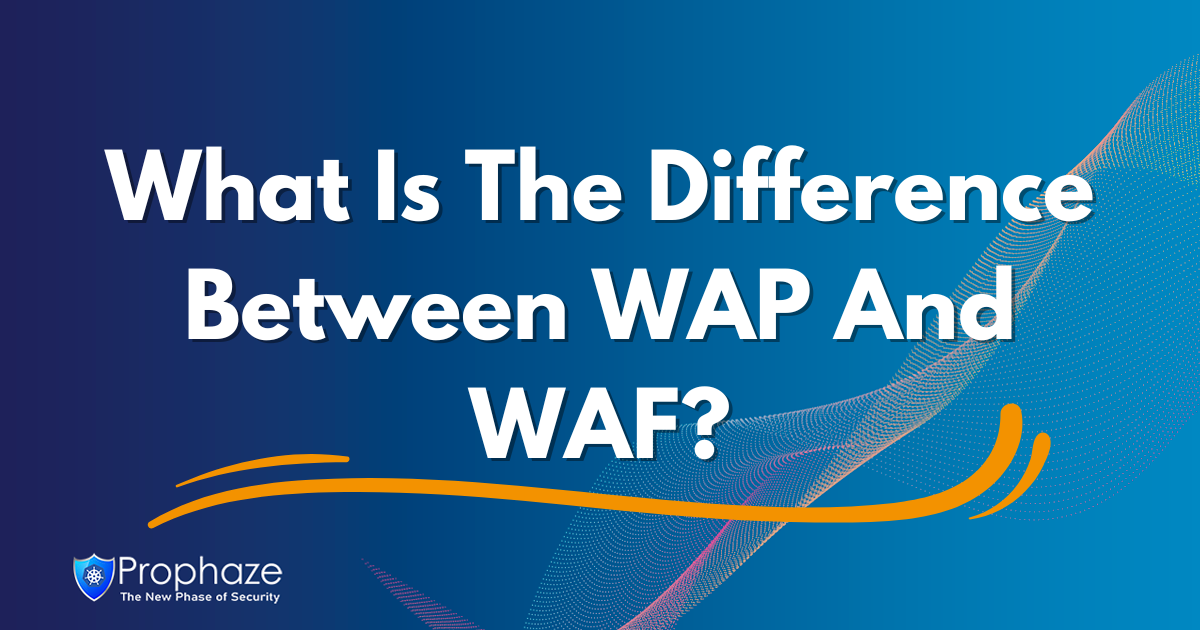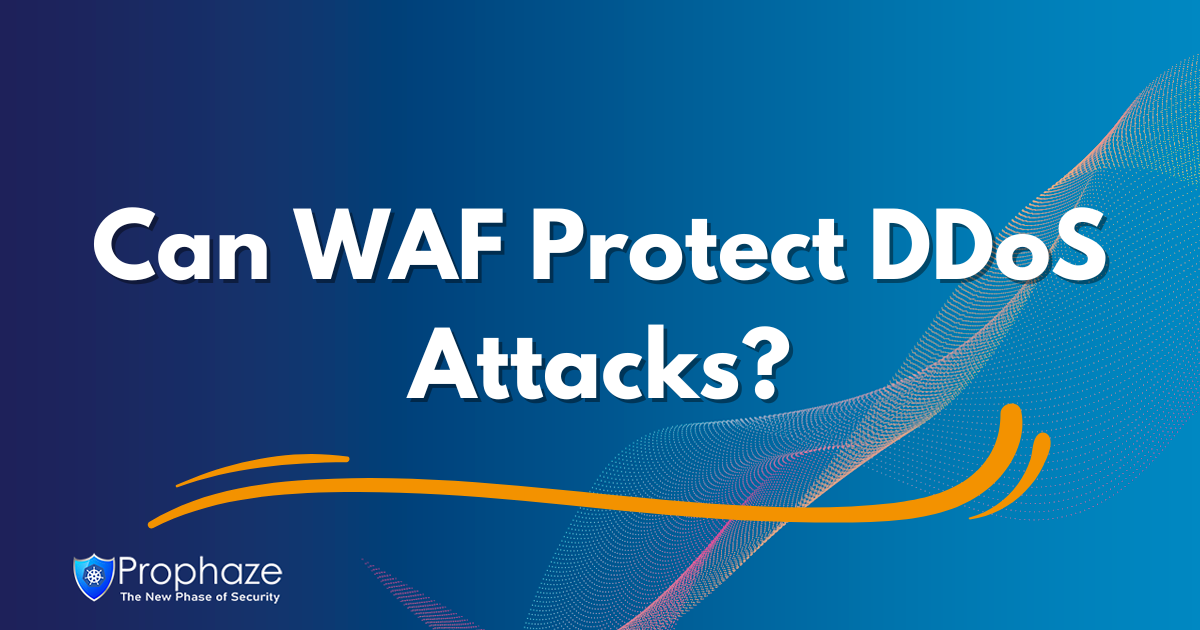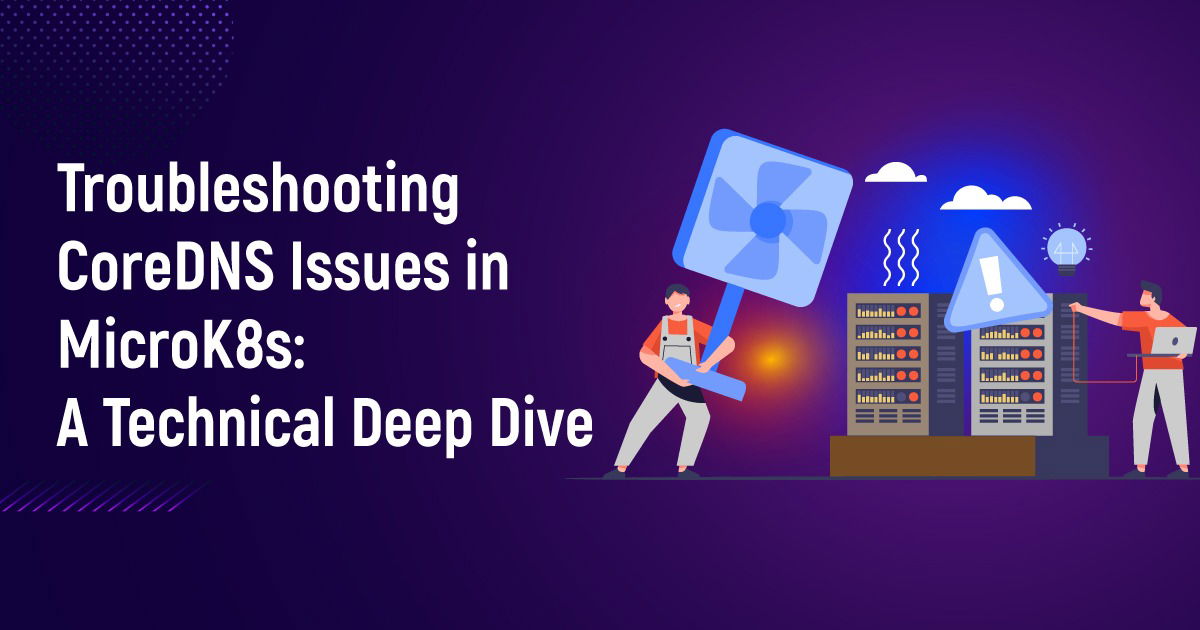What are the advantages of WAF?
Discover how WAFs deliver all-encompassing defence, reduce vulnerabilities, improve data security, give real-time threat monitoring, facilitate granular access control, and counter DDoS attacks.
- Prasad G
- May 15, 2023
- 6:05 pm
- Community
Exploring the Advantages of Web Application Security
In the contemporary digital environment, web applications are constantly vulnerable to cyberattacks. Web application firewalls (WAFs) have become a potent line of defense against numerous security threats to web applications.
Protection from Web Application Threats:
WAFs are designed to protect against various threats, including SQL Injection, Cross-Site Scripting (XSS), Cross-Site Request Forgery (CSRF), and others. WAFs may identify and block requests by analyzing incoming traffic and implementing security rules, preventing unauthorized access and data breaches.
Mitigation of Vulnerabilities:
WAFs aid in the mitigation of web application vulnerabilities. They can recognize and prevent recognized attack patterns, defending against established and newly emerging dangers.
Enhancement of Data Security:
WAFs are essential for protecting sensitive data sent through web applications. WAFs safeguard personal information by monitoring and filtering incoming requests to prevent unauthorized access to data.
Real-time Threat Monitoring:
WAFs offer logging and monitoring features that enable security teams to learn about active assaults and possible weaknesses. By examining traffic patterns, WAFs may spot irregularities and give early alerts of potential security breaches. This preventative strategy offers quick reaction and threat mitigation for new threats.
Granular Access Control:
WAFs enable businesses to set granular access restrictions for online applications. Through rules and regulations, WAFs can impose authentication, session management, and authorization processes. As a result, the application’s critical regions are protected from unauthorized access, and only authenticated users are permitted to interact with certain resources.
DDoS Attack Mitigation:
Although it’s not their major duty, some WAFs defend against distributed denial of service (DDoS) assaults. WAFs can identify and minimize the effects of DDoS assaults by using traffic analysis, rate restriction, and other approaches, ensuring the availability and performance of online applications in such instances.
Ease of Deployment and Management:
WAFs are intended to be effortlessly installed inside the infrastructure of web applications. According to organizational requirements, they can be deployed as physical, virtual, or cloud-based services, offering flexibility. WAFs also provide user-friendly administration interfaces and centralized control, which makes configuration, monitoring, and maintenance activities simpler.
Conclusion
WAFs provide important benefits by defending web applications from a variety of threats, reducing vulnerabilities, boosting data security, offering real-time threat monitoring, enabling granular access control, providing DDoS attack protection, and facilitating ease of deployment and management. Organizations may strengthen their web applications and maintain a strong defense against changing cyber threats by using a WAF as part of a complete security plan.










